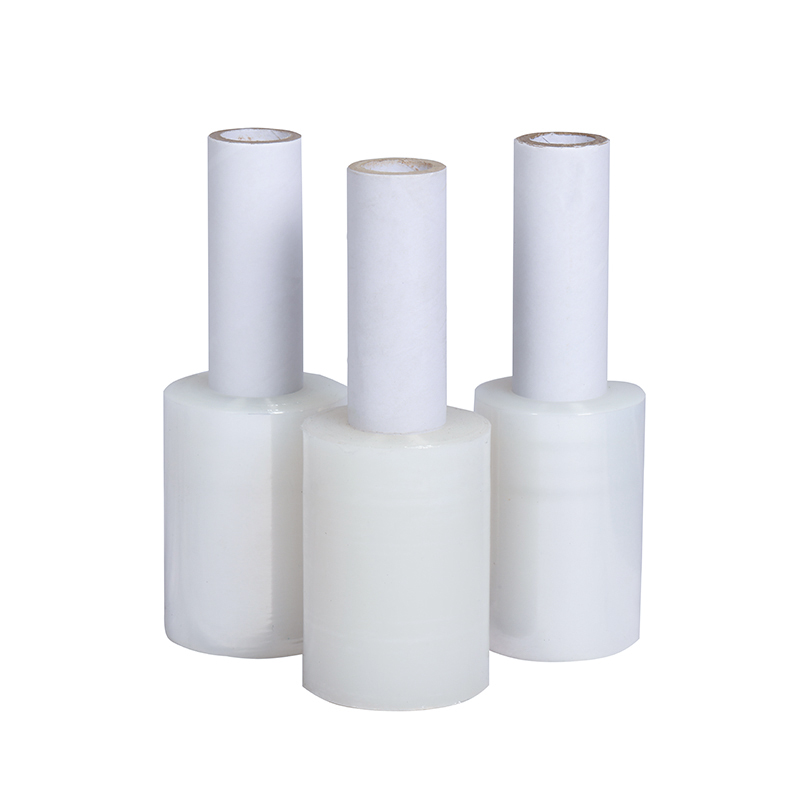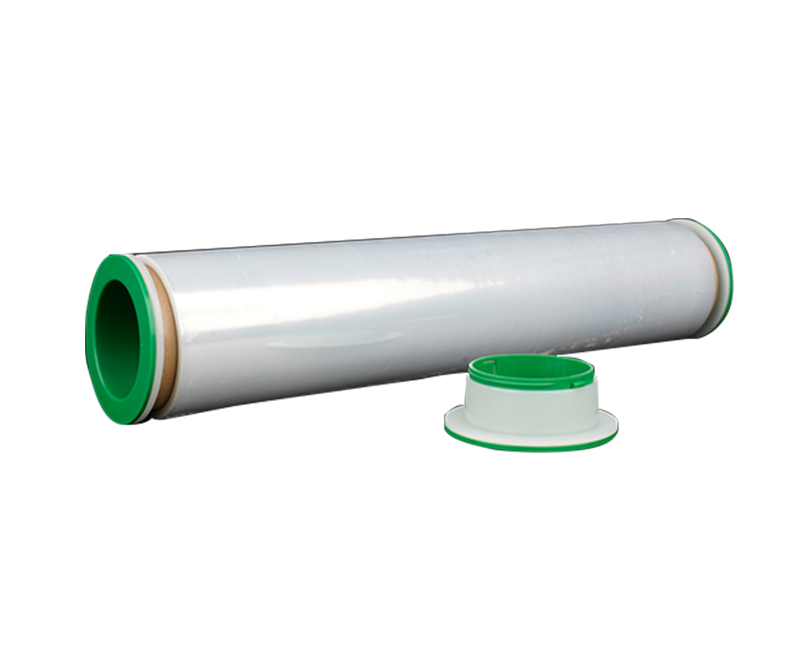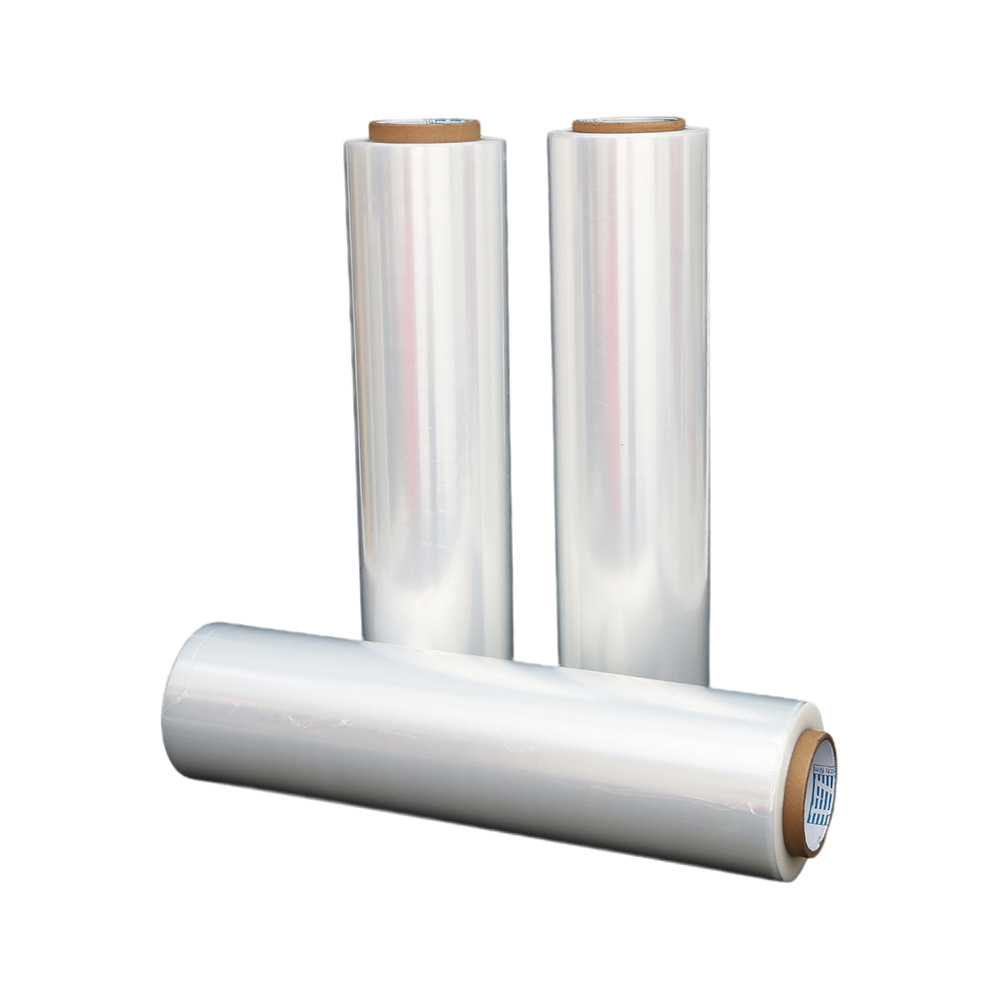Reduce Logistics Costs: 5 Stretch Film Tips Revealed
Source:Reduce Logistics Costs: 5 Stretch Film Tips RevealedTime:2025-05-14Visitors:
In an era where logistics costs—encompassing transportation, warehousing, and inventory management—can make or break a business’s bottom line, finding innovative ways to cut expenses is essential. One surprisingly effective tool in this effort is stretch film, a flexible plastic material used to secure and protect palletized goods during shipping and storage. When applied strategically, stretch film can minimize material waste, reduce product damage, and streamline operations, leading to significant savings. In this article, we uncover five practical, actionable tips to help logistics managers, warehouse operators, and business owners leverage stretch film to lower their logistics costs—without sacrificing quality or efficiency.
Tip 1: Select the Appropriate Stretch Film Type
The foundation of cost-effective stretch film usage begins with choosing the right type for your specific needs. Stretch films vary widely in their properties and applications, and selecting the wrong one can lead to over-spending on materials or costly load failures. Here’s a breakdown of common options:
- Hand Stretch Film: Perfect for small-scale operations or irregularly shaped loads, this film is applied manually and offers flexibility for businesses with lower throughput.
- Machine Stretch Film: Designed for high-volume environments, this film works with automated wrapping machines to save time and ensure consistency.
- Pre-Stretched Film: Already stretched during manufacturing, this thinner film maintains strength while reducing material usage—ideal for cost-conscious operations.
- Cast Stretch Film: Known for its clarity and uniform thickness, cast film is great for scanning barcodes and maintaining a professional appearance.
- Blown Stretch Film: With superior puncture resistance, this type excels at securing heavy or sharp-edged loads.
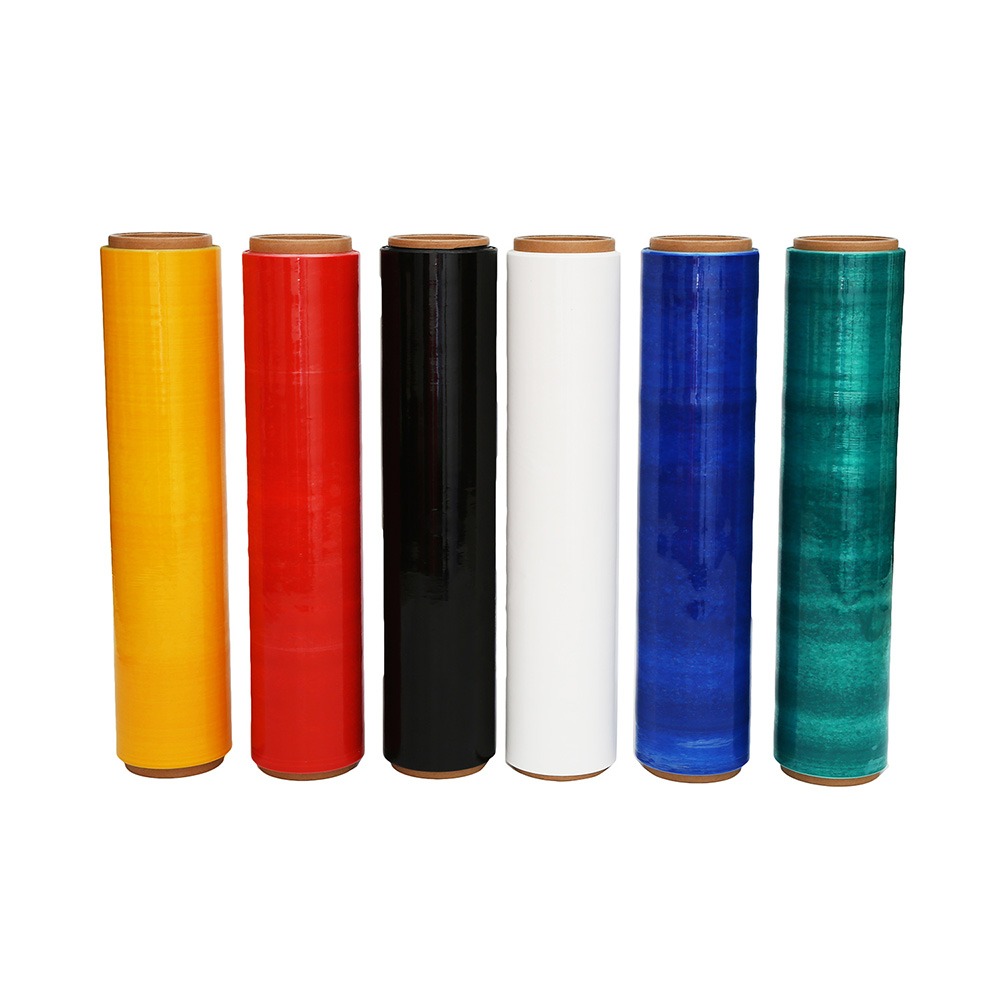
For example, a company shipping lightweight goods might save up to 20% on material costs by switching to pre-stretched film, while a manufacturer of metal parts could avoid damage claims by opting for blown film’s durability. Assessing your load’s weight, shape, and environmental factors (like exposure to humidity or temperature fluctuations) ensures you’re not overspending on unnecessary features—or underinvesting in protection.
Tip 2: Utilize Customized Stretch Film Solutions
One-size-fits-all rarely works in logistics, and stretch film is no exception. Customized solutions tailored to your specific load requirements can unlock substantial savings by optimizing material use and enhancing protection. For instance:
- Enhanced Cling Properties: Films with superior cling can secure irregularly shaped loads with fewer wraps, cutting labor and material costs.
- Specialized Thickness: A thinner film with high tensile strength might suffice for lightweight pallets, while thicker options protect heavier goods.
- Puncture Resistance: Custom films designed for sharp or abrasive items reduce the risk of tears and subsequent product damage.
Consider a furniture manufacturer shipping delicate wooden pieces: a custom stretch film with added puncture resistance could eliminate the need for extra protective layers, saving both time and money. Companies with expertise in stretch film production can analyze your needs and recommend tailored solutions, ensuring you pay only for what delivers value.
Tip 3: Master Proper Wrapping Techniques
Even the best stretch film won’t save costs if it’s applied incorrectly. Mastering proper wrapping techniques—whether manual or machine-based—maximizes efficiency and load stability. For manual wrapping, follow these steps:
- Start at the Base: Anchor the film at the bottom of the pallet and work upward to create a stable foundation.
- Overlap Consistently: Aim for a 50% overlap with each pass to distribute tension evenly and prevent gaps.
- Control Tension: Apply just enough stretch to secure the load without over-thinning the film or leaving it slack.
For machine wrapping, fine-tune settings like pre-stretch ratios (which can extend film up to 250%) and wrap patterns (spiral, cross, or full-web) based on load type. Avoid common pitfalls like over-wrapping, which wastes film, or under-wrapping, which risks load shifts during transit. Training staff on these techniques—or consulting with stretch film experts—can reduce material usage by as much as 15%, according to industry benchmarks.
Tip 4: Leverage Advanced Wrapping Equipment
While manual wrapping works for small operations, scaling up with advanced equipment can transform your cost structure. Semi-automatic and fully automatic stretch wrappers offer several advantages:
- Consistency: Uniform tension and wrap patterns eliminate human error, reducing film waste.
- Labor Efficiency: Automation frees workers for higher-value tasks, cutting overtime expenses.
- Material Optimization: Pre-stretch technology stretches film to its maximum capacity, meaning you use less per pallet.
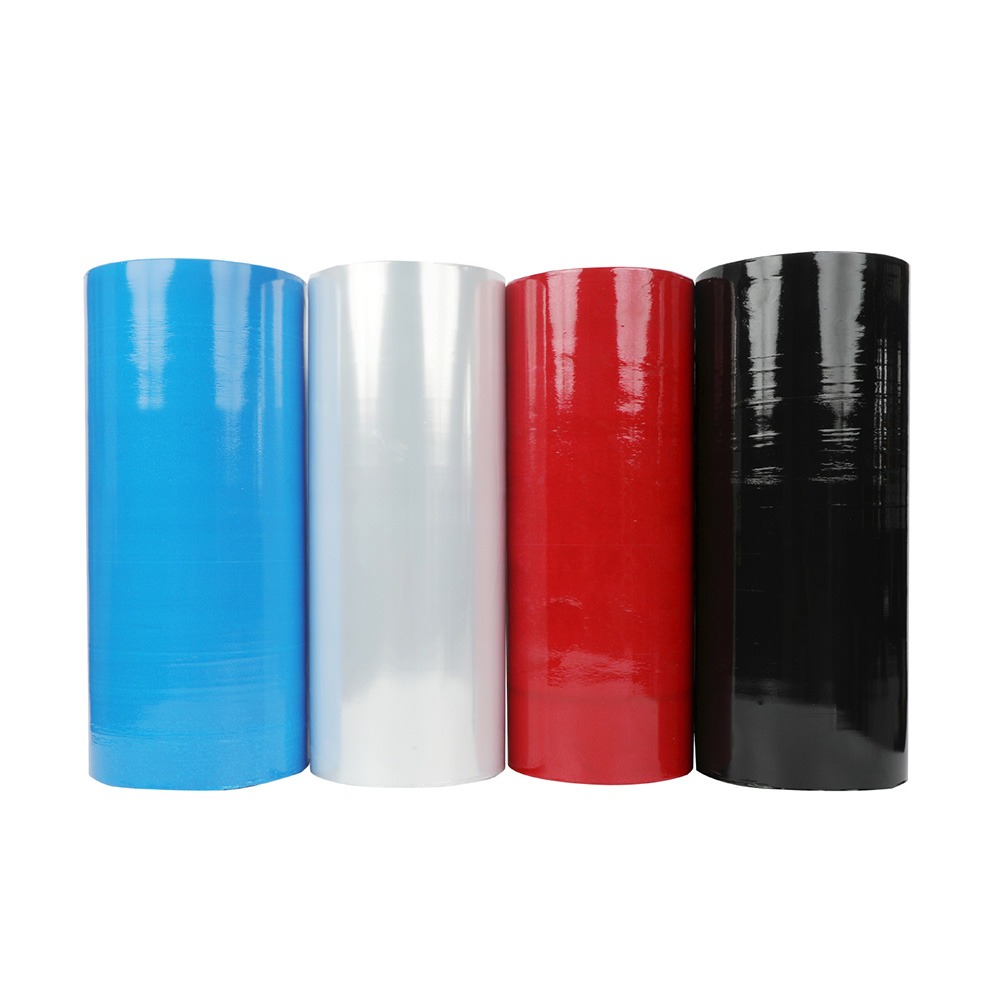
For example, a warehouse switching to an automatic wrapper with pre-stretch capabilities might see film consumption drop by 30%, alongside a 40% reduction in wrapping time. While the upfront cost of equipment can be a hurdle, the return on investment often materializes within months through lower material and labor expenses. Pairing this technology with high-quality stretch film designed for machine use amplifies these savings.
Tip 5: Regularly Assess and Optimize Your Stretch Film Usage
Cost reduction isn’t a one-time fix—it’s an ongoing process. Regularly auditing your stretch film usage helps identify inefficiencies and opportunities for improvement. Start by:
- Testing Variations: Experiment with different gauges, types, or pre-stretch levels to find the sweet spot for performance and cost.
- Evaluating Outcomes: Check load stability during transit and storage to ensure containment meets your standards.
- Soliciting Feedback: Ask warehouse staff about challenges like film tears or application difficulties.
For instance, a distributor might discover that switching from a 20-micron film to an 18-micron pre-stretched alternative maintains load integrity while cutting costs by 10%. Ongoing training keeps employees aligned with best practices, and partnering with a knowledgeable stretch film supplier can provide insights into emerging technologies or materials. This continuous optimization mindset ensures savings compound over time.
Conclusion
Stretch film is more than just a packaging tool—it’s a strategic asset for reducing logistics costs. By selecting the right film type, embracing customized solutions, perfecting wrapping techniques, investing in advanced equipment, and committing to regular optimization, businesses can achieve measurable savings while enhancing operational efficiency. These five tips offer a roadmap to smarter stretch film use, protecting both your goods and your budget.
For businesses looking to elevate their stretch film strategy, Dongguan Zhiteng Plastic Product Co., Ltd. offers a wealth of expertise. With 17 years of experience crafting high-quality stretch films—ranging from machine and hand films to pre-stretched and colored options—Zhiteng provides tailored ODM and OEM solutions to meet unique logistics challenges. Their dedication to quality, innovation, and eco-friendly practices makes them a reliable partner for cost-effective packaging success. Curious how their solutions can work for you? Reach out to their team to discuss your needs.
Recommended Products
Ranked in the same article
- how to use the stretch film technology to r
- How can we get detailed price list?
- Five common quality problems of PE protecti
- Plastic film degradation
- How to guarantee punctual shipment for our
- Gauge to Micron and Millimetre Conversion G
- What is the difference between stretch film
- Testing the permeability of stretch film
- Stretch film temperature requirements
- Electrical wire film VS electrostatic film
- Why insufficient transparency of stretch w
Latest news articles
- Advantages of white engineering film
- Stretch Film Wrap: Unraveling Its Benefits
- The significance of using PE electric wire
- Factors affecting viscosity of PE stretch f
- How can PE stretch film be cut better?
- The Ultimate Guide to Choosing the Right Ma
- What is the Difference Between Magic Tape a
- How to check the quality of PE stretch film
- The 133rd Spring Canton Fair
- What Properties Ensure Effective Cold Chain
- Bundling Stretch Film: Optimize Your Packag

